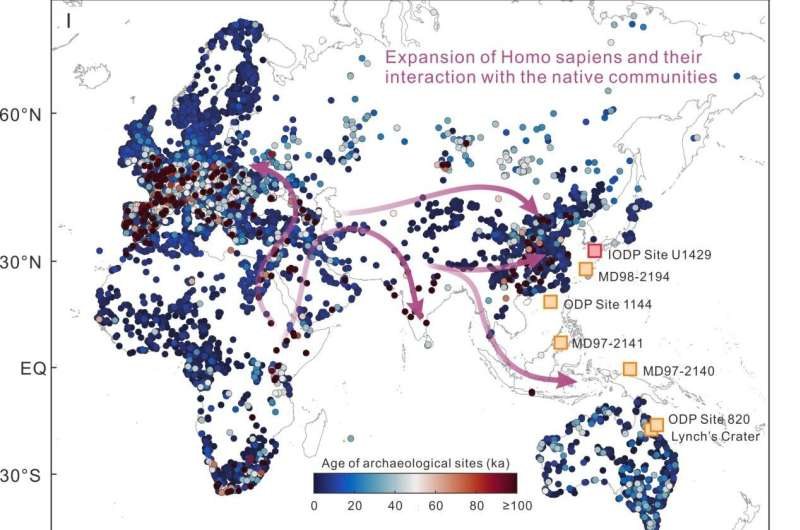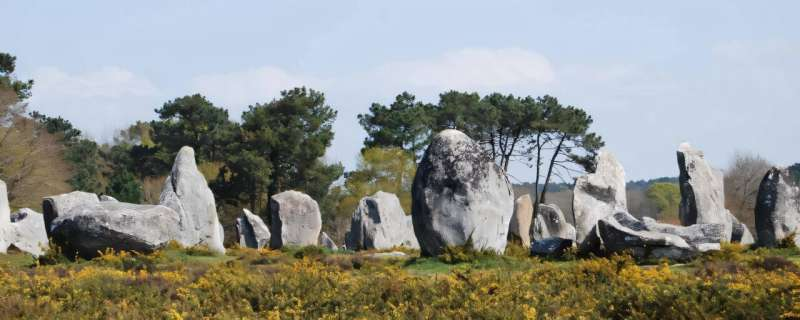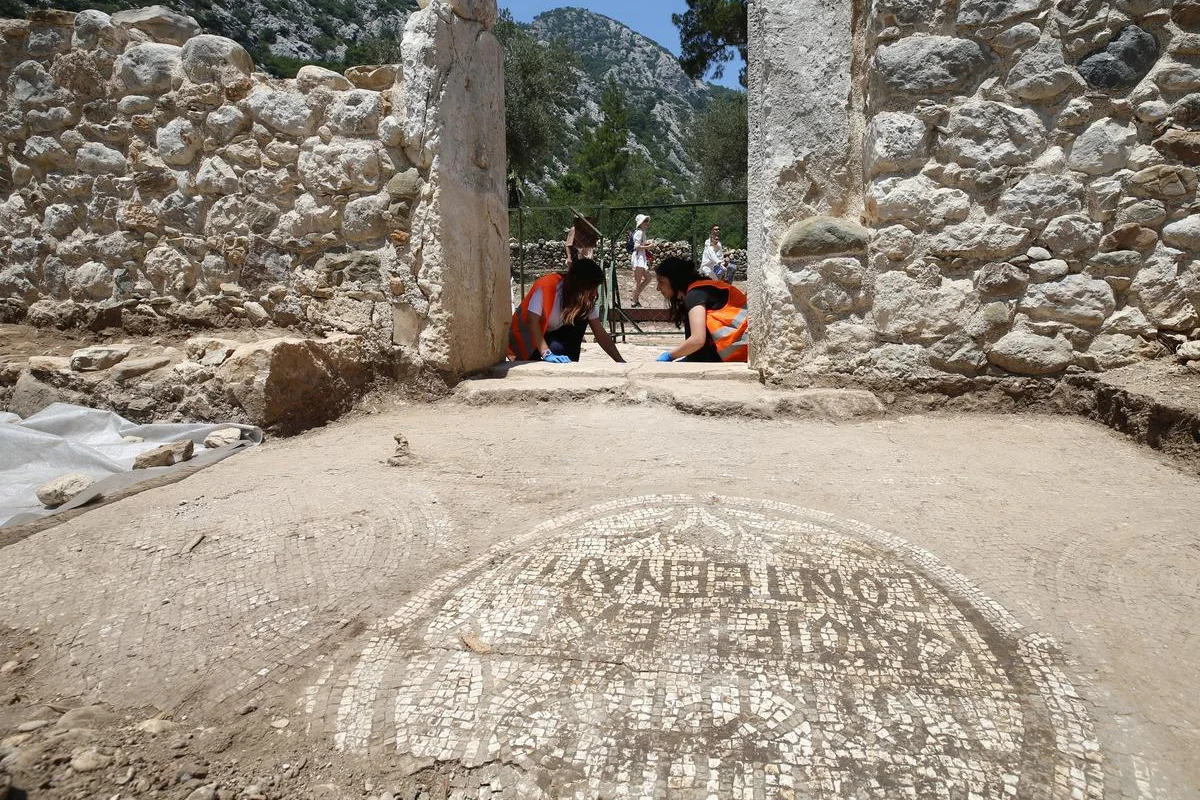Islands may have been flooded by rising seas after the last Ice Age, according to researchers.
A Swansea researcher has suggested that a medieval map of two islands off the coasts of Ceredigion and Gwynedd may be proof of the fabled lost kingdom of Cantre'r Gwaelod.
One additional island is depicted on the Gough Map between Aberystwyth and Aberdyfi, according to the analysis published in Atlantic Geoscience, while another is off Barmouth to the north.
David Willis, the Jesus Professor of Celtic at the University of Oxford, and Simon Haslett, an honorary professor of physical geography at Swansea University, collaborated on the discovery.
The narrative of Cantre'r Gwaelod describes a territory that was flooded after Seithenyn, the gatekeeper who kept the sea out, went to a celebration, got wasted, and failed to shut the gate.
The myth may have begun in Scotland or Northumbria and eventually spread to Wales, according to some academics who have connected the tale to the Old North.
The Gough Map of Great Britain
Yet, according to Simon Haslett and David Willis' research, there may be two "lost" islands in Cardigan Bay, off the coast of west Wales, United Kingdom.
Their research examines historical documents as well as geological and bathymetric data, and they suggest that post-glacial coastline evolution can explain the "lost" islands.
They contend that by the 16th century, the two surviving islands may have been gone due to erosion and an increase in sea levels.
They claim that Cardigan Bay is connected to the 'lost' lowland of Cantre'r Gwaelod thanks to literary evidence and folklore tales.
The model has the potential to shed further light on the post-glacial history of lowlands similar to those found around the northwest European coasts.
According to Simon Haslett, the map suggests that certain landforms may have been lost in Cardigan Bay's shallow waters.
According to Simon Haslett, who spoke to the BBC, "The Gough Map is incredibly accurate considering the surveying equipment they would have had at that time."
The two islands are clearly identified, which could support reports from the time that a lost land was referenced in the Black Book of Carmarthen.
Cantref Gwaelod? The image has been rotated so that north is up
The first comprehensive map of the British Isles that has survived dates to the middle of the thirteenth century and is kept at the Bodleian Library at Oxford University.
"I believe the evidence for the islands, and perhaps as a result, the tales associated with them, is in two threads," Simon Haslett continued.
"First off, Ptolemy's Roman cartographer's coordinates indicate that the shoreline may have extended 13 kilometers (8 miles) farther west than it does now.
"And second, the Gough Map's evidence for the presence of two islands in Cardigan Bay








